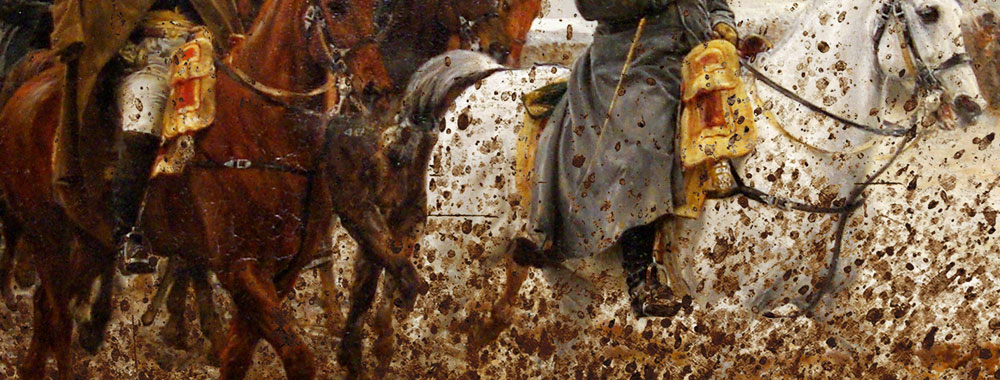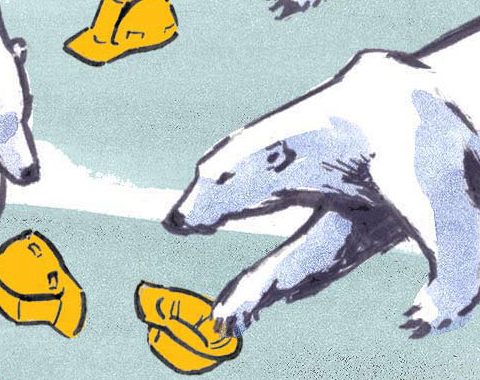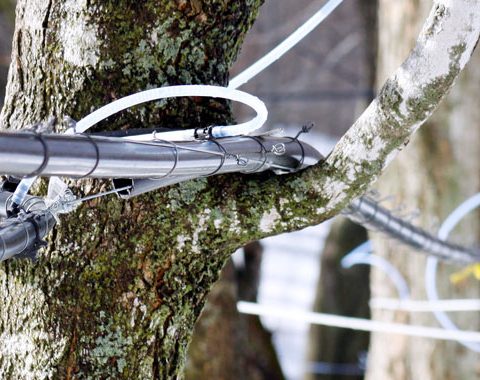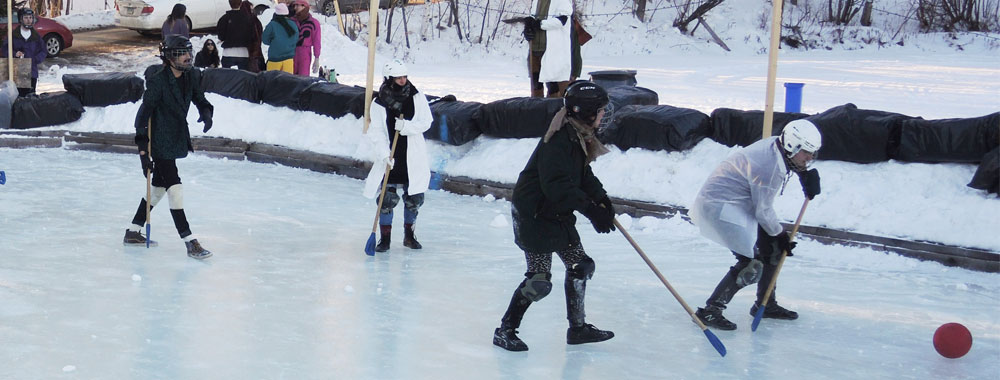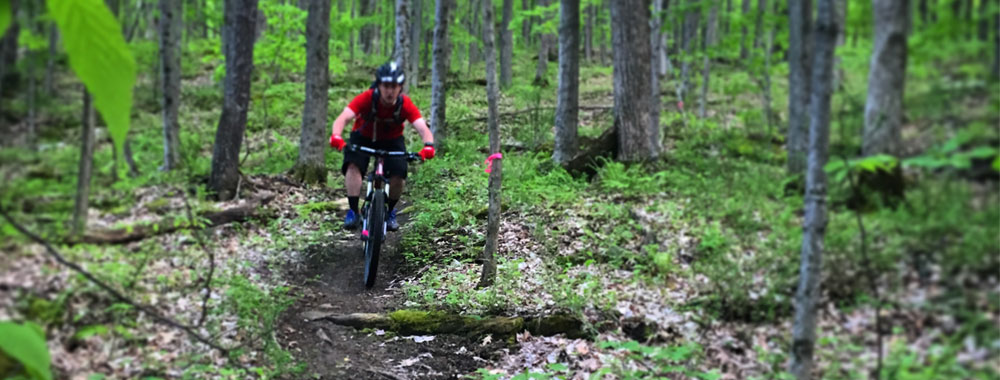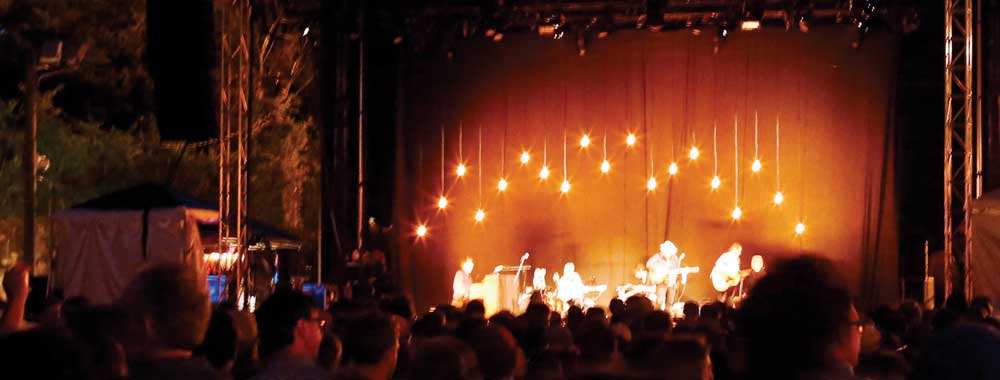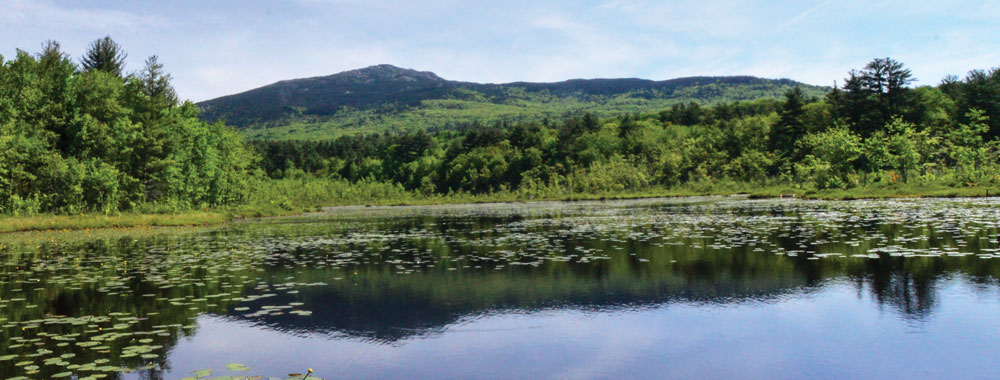
By Simon Winchester
My old chemistry teacher used to say that two things doomed French emperor Napoleon on his retreat from Moscow: the atomic eccentricities of tin and the sucking abilities of mud.
Tin, I shall return to in a moment. But mud’s uniquely crippling effect on le petit caporal has an immediate relevance to us here in the Berkshires and Southern Vermont, since what he experienced back in 1812 is what we here are going to have to endure in a few weeks’ time: We are about to suffer through the weeks ahead that have been known for the last century-and-a-half as mud season.
The Russians, known for the economy of language, have a single word for it: Rasputitsa — the season when the world becomes a sea of mud. And both in war and in ancient legend, it is a season that seems to have been peculiar just to the endless flatlands of northern Europe. From Brussels to Minsk, from Hamburg to Kiev, the phenomenon once embraced the merciless reality that, once the spring thaw began, such roads as existed became in short order half-drowned channels of perpetual quagmire and loss.
Napoleon’s horses sank to their withers in brown slurry. His gun-carriages sagged into ruts deeper than their wheels, unyielding to the efforts of hundreds of weary men up to their own waists in earthy glue. And then at night they all froze, and froze to death. General Mud, they called it — then Marshal Mud in those later days when the whole continent seemed under its malign influence. Mud was what lost the French the war: the might of the Russian army was by comparison as nothing.
It wasn’t for another fifty years that the home-grown American idea of Rasputitsa — the birth in 1851 of the English phrase mud season — was fully realized.
America’s Northeast — together, it was steadily accepted, with parts of the soon-to-be Dust Bowl upper midwestern prairies too — turned out not to be all that different, climatically, geologically, topographically — from the gray steppes of Europe. And so until the fragile networks of macadam roads were built around New England, our forebears here all suffered just as they used to in Warsaw and Donetsk and Odessa too. Not quite so badly, though: because so few battles were ever joined here — not in the springtime at least — the annual reappearance of the season was hardly a cause of misery or woe, more of a damnable inconvenience, usually easily solved by visits to the carwash and the Laundromat.
The physics that cause Rasputitsa or mud season are the same, whether in Smolensk or Sandisfield, Massachusetts. The deep winter cold begins to lift. The snow starts to melt or, on very sunny days, to ablate, to pass from its solid state directly to the air. The ground beneath then begins to unfreeze itself — and, critically, it does so from the sunny topside downwards. The uppermost inches become warmed by the sun. The ice crystals locked into the earth become liquid water and mix with the sand and clay and the organic humus to become a half-solid half-liquid miasma of what we now call by the old Germanic word mud.
And because the ground beneath it remains frozen, so this mobile thixotropic amalgam has nowhere to go, no place to which to leach. So it remains there — a layer of molasses floating on a sheet of puddled iron, ready to ensnare anything foolhardy enough to try to pass through it.
The road outside our farm in Sandisfield has in its two centuries of existence never once enjoyed the benefits of tarmac — and so our experience on the first realizable day of mud-season has become a familiar one.
You drive onto the road — and promptly cede all control of the vehicle to the road itself, to its ever-deepening crazy-quilt of its fresh-formed mud ruts. You think you are driving straight: the mud has quite another idea, knocking the car from side to side and in directions unknown to the steering wheel, unwished-for by the driver. I have seen all too many confident chauffeurs of smart town-cars standing ankle-deep in churned up chocolate pudding while their once-shiny steed remains immobile, lurched into the ditch, sludge up to its door jambs.
Out in the fields it is much the same — but here you expect it, you dress for it. You develop strong Berkshire thigh-muscles to bring you through the worst of it, those mud-seas by the gates, where the cattle stir things up and add steaming additions to the mix. It is only out on the roads where, for two or three wretched weeks in early spring, you meet your match, where you come to accept that that mud beats metal, just as scissors beat paper, or paper beats rock. Get prepared, they say in Belarus or Berkshire County, get used to it, and endure.
And what of tin, Bonaparte’s other supposed nemesis? My chemistry teacher reminded us that tin exists in two forms, depending on temperature. The silvery metal we all know becomes a brittle gray substance when it is very cold, and a strange transformation known as tin pest can then corrode it into a powder.
Thousands of men of the Grand Armée had their trousers held up by buttons of impure tin — which, the story goes, turned to powder in the freeze of 1812. The soldiers then had to flee through the cold while trying frantically to keep their clothes from falling off — which would seem to me an even more acute problem than the existence of the glutinous sea of mud around them.
And which places our brief irritation with the coming season into something of a proper perspective. So let us brace ourselves, to be sure. But let us also think of the Russians, who invented the thing. And let us have some slight retrospective sympathy, if just for once (I write this as an Englishman) for the wretched condition of the French. And for Napoleon, whose name to most of us is and always will be, Mud. •

